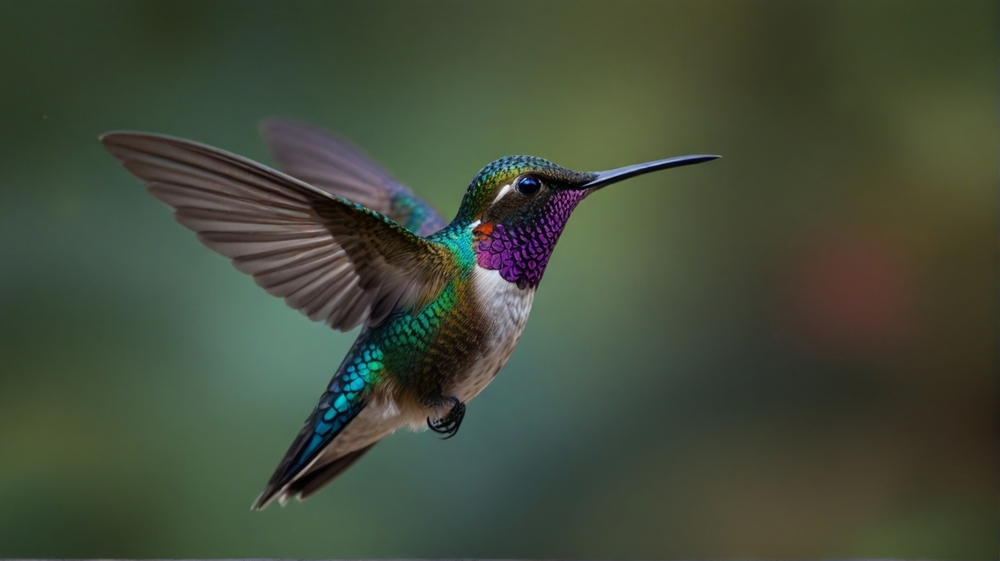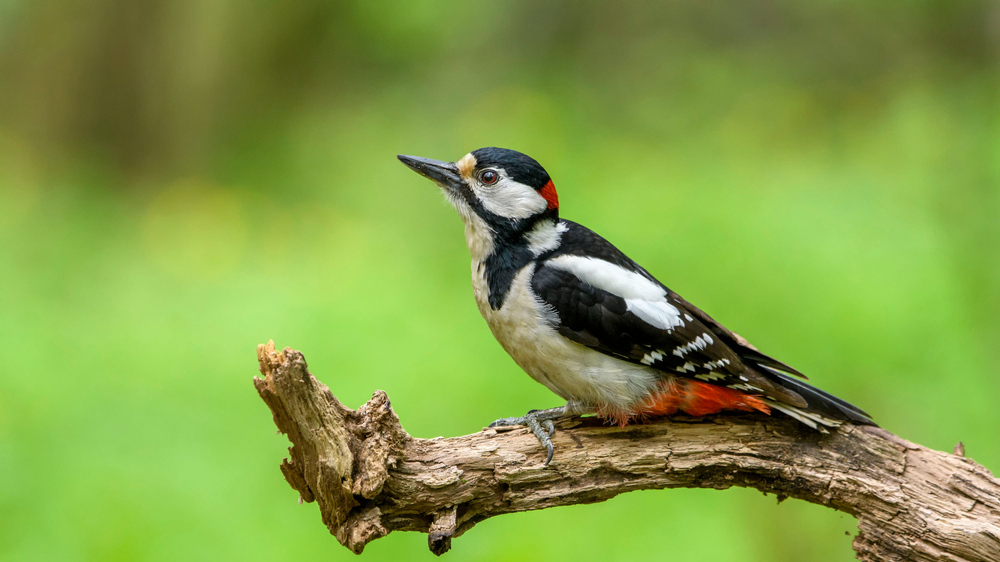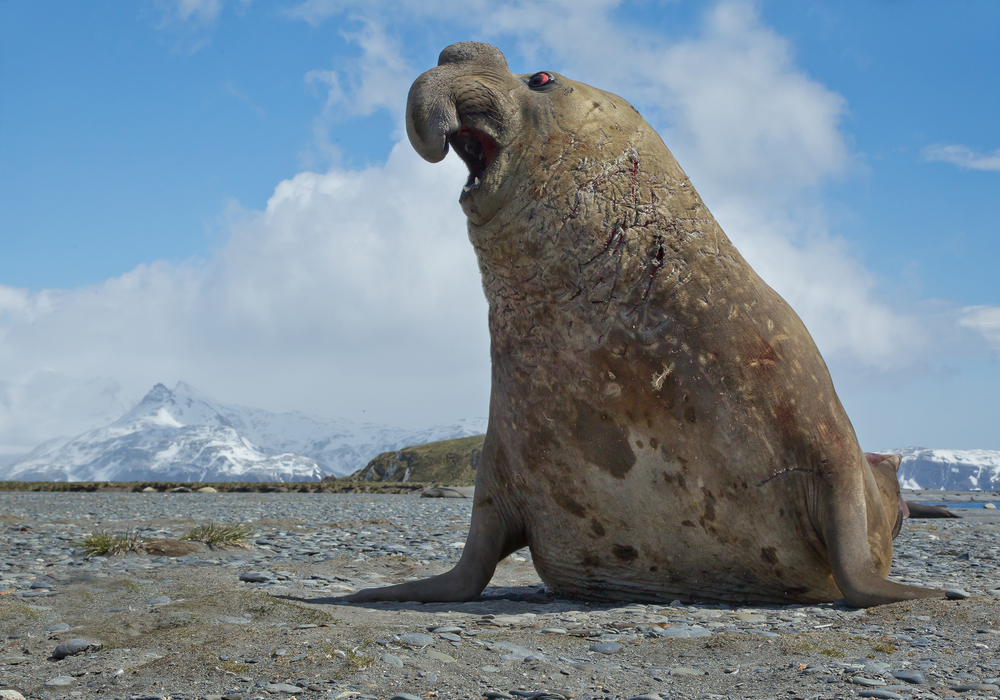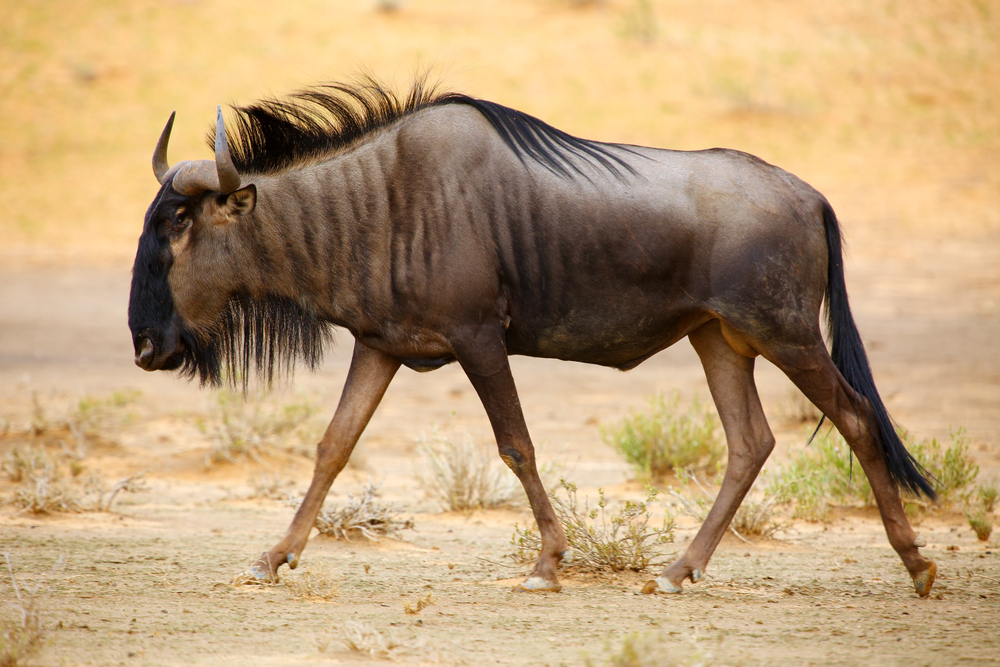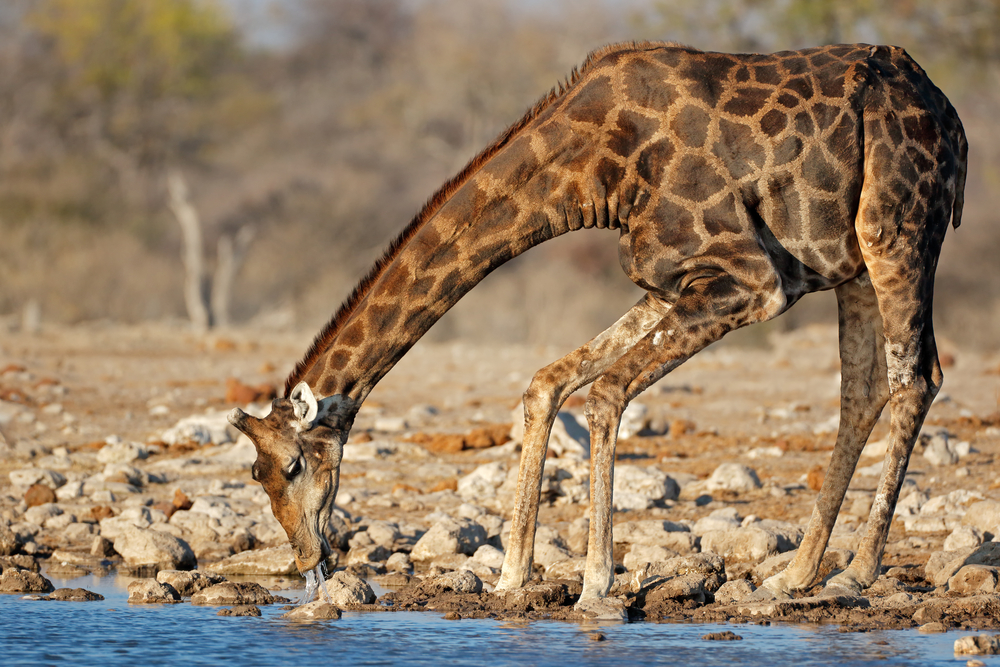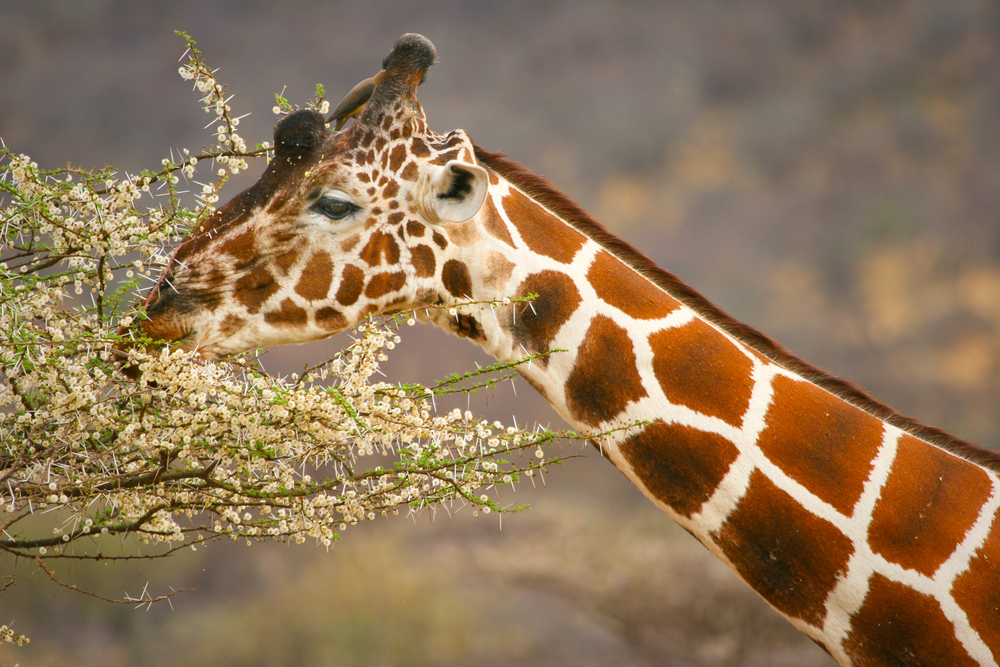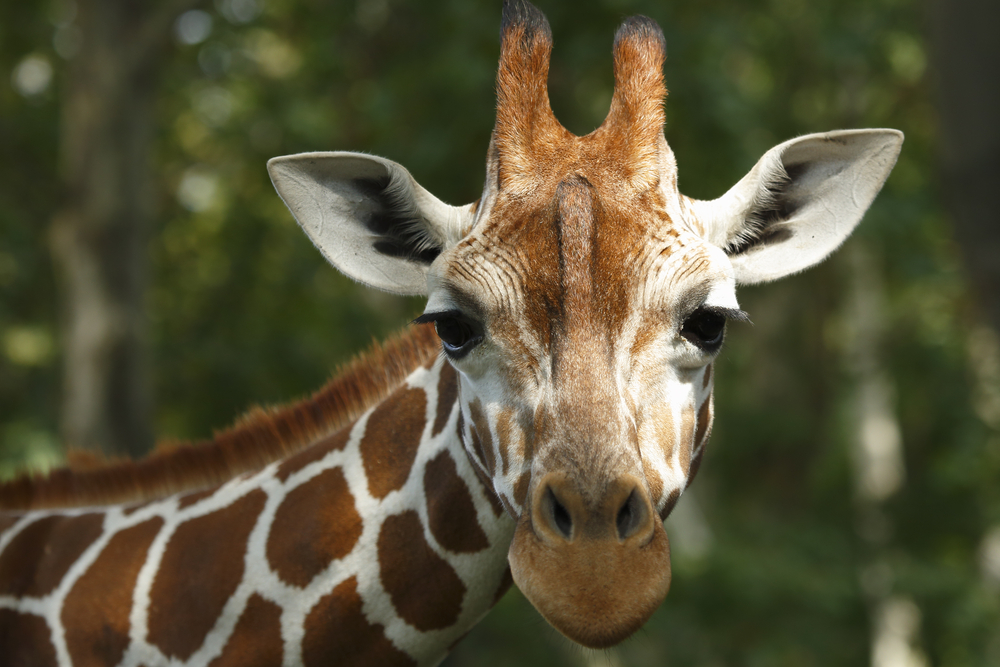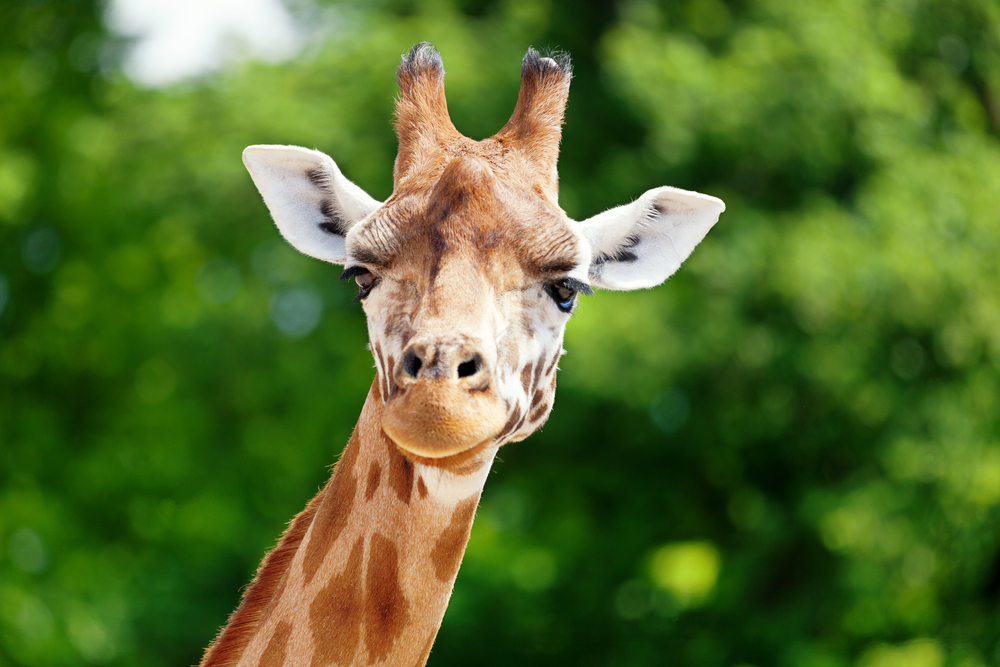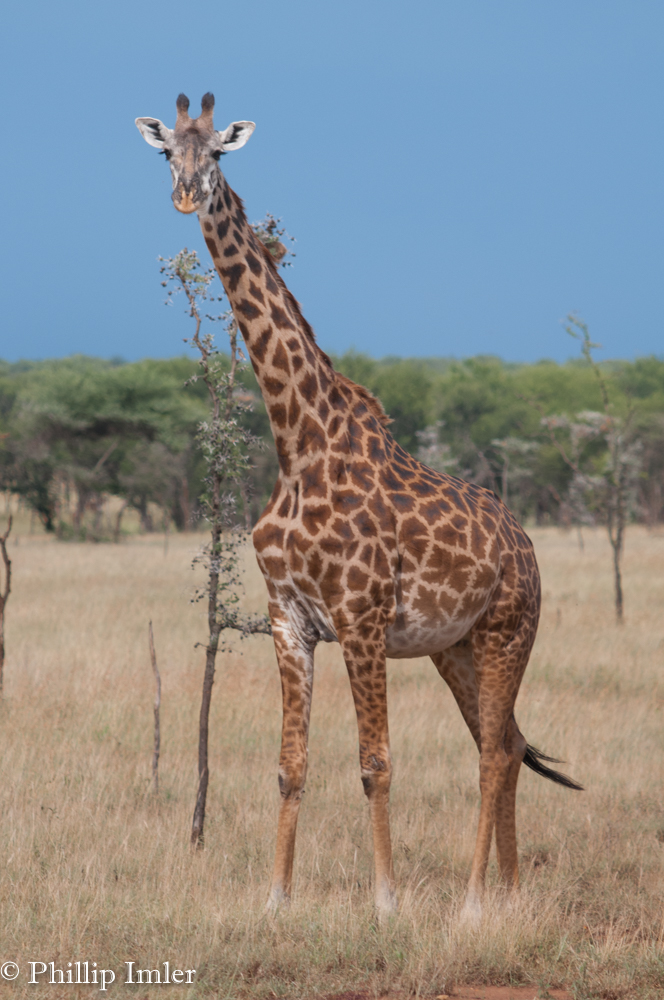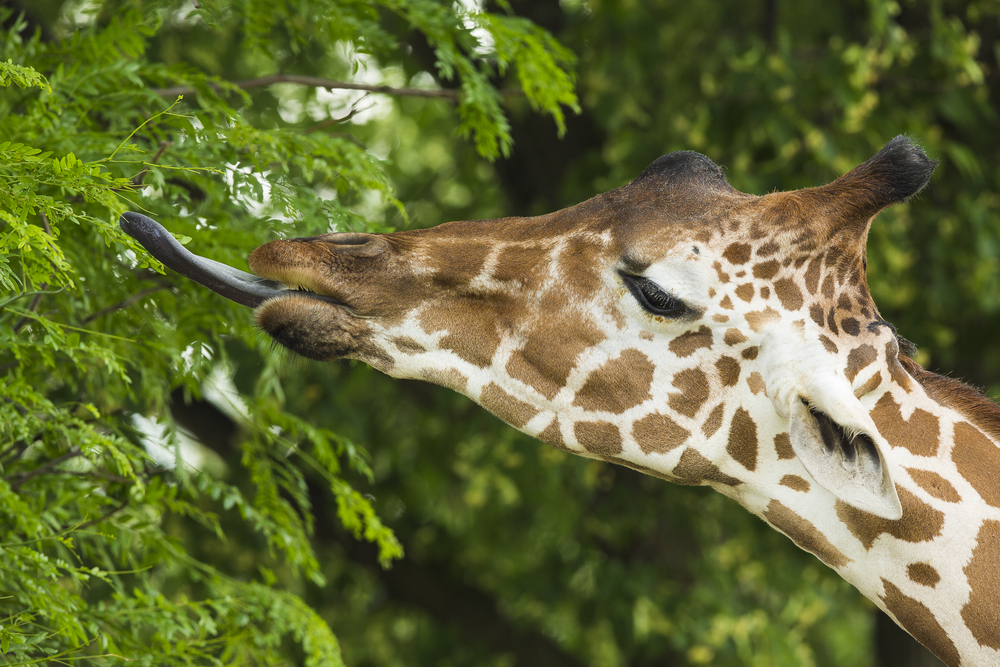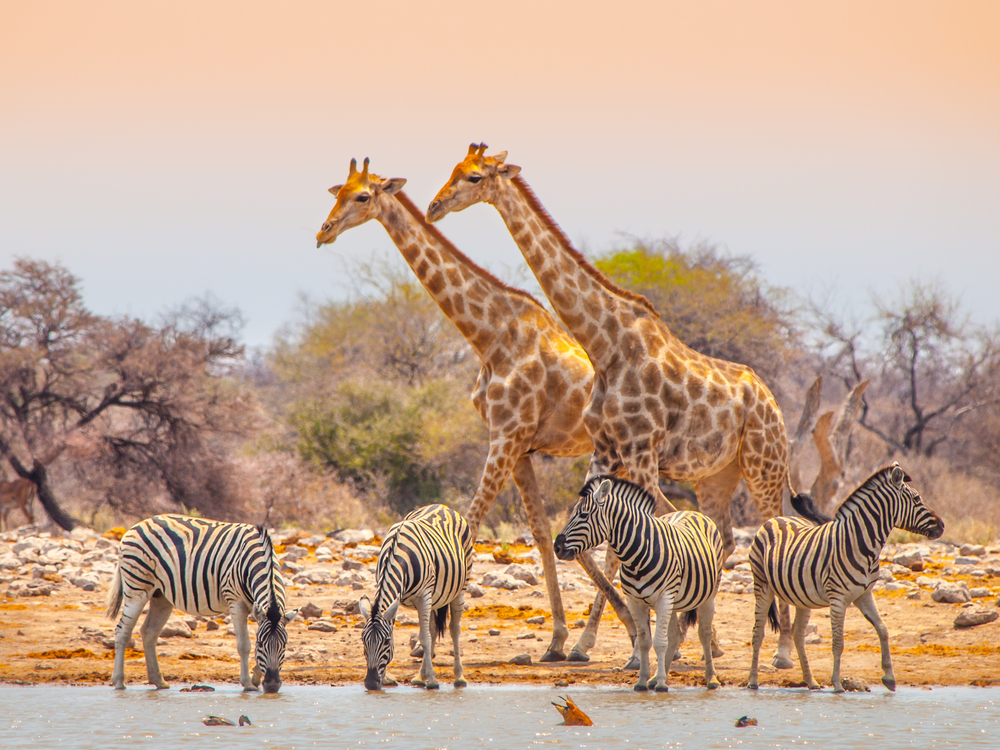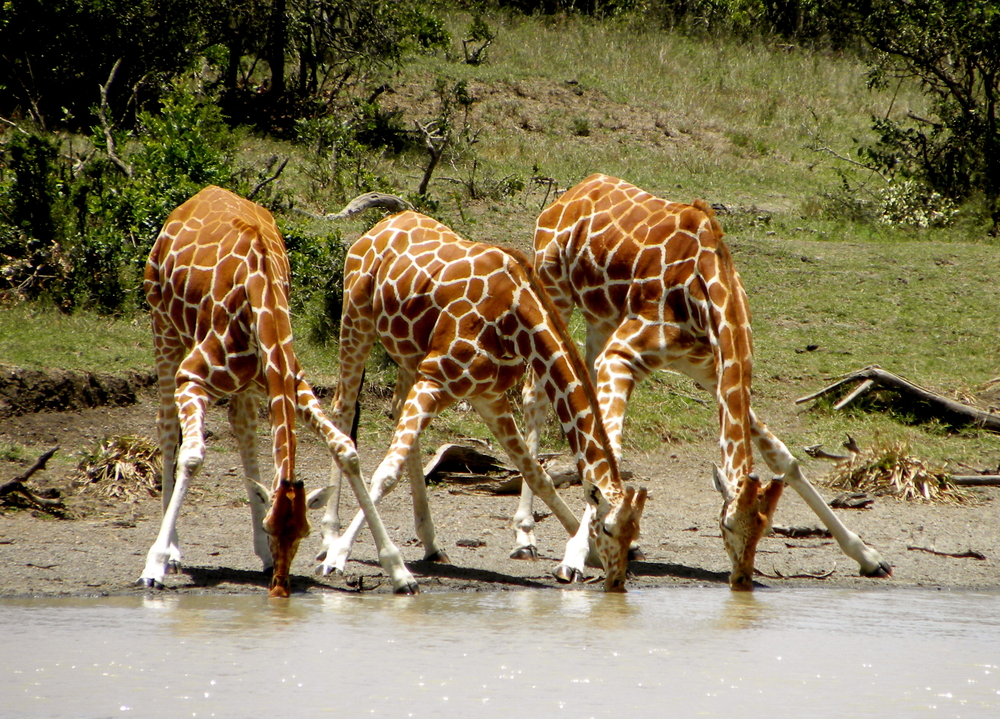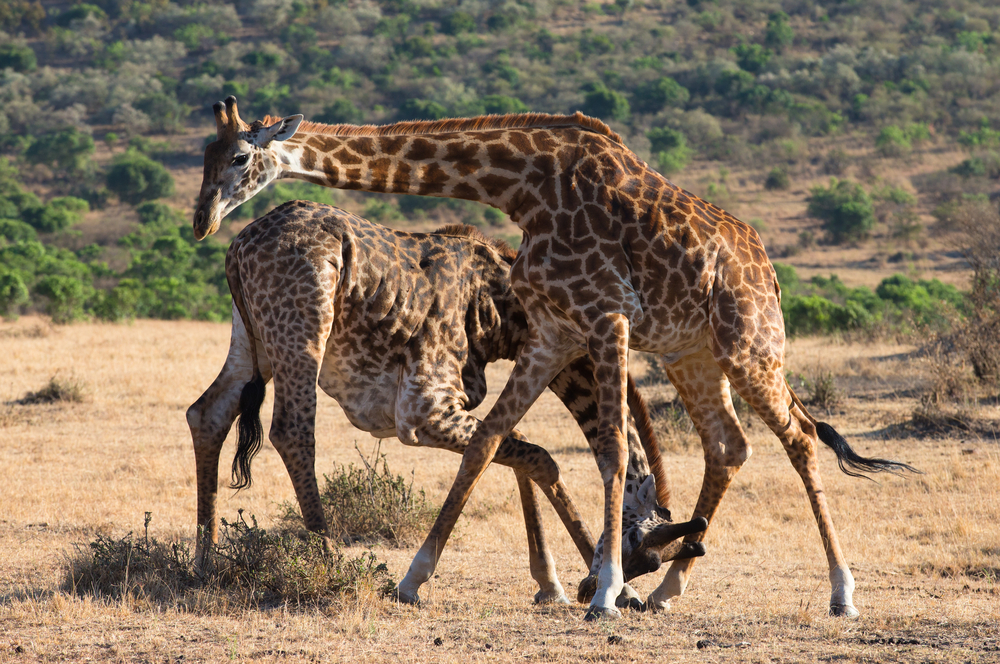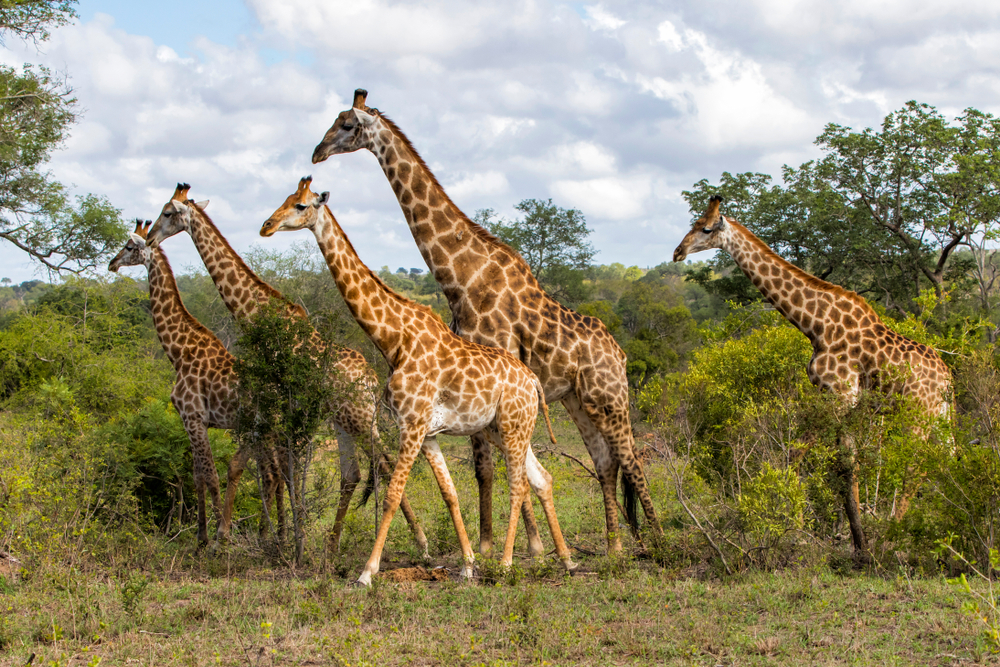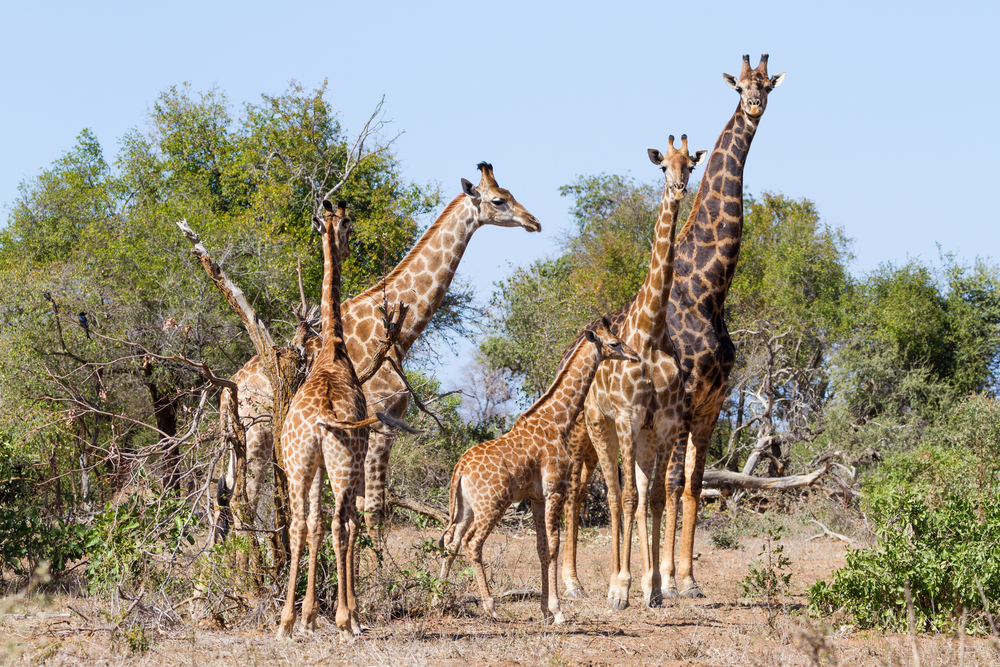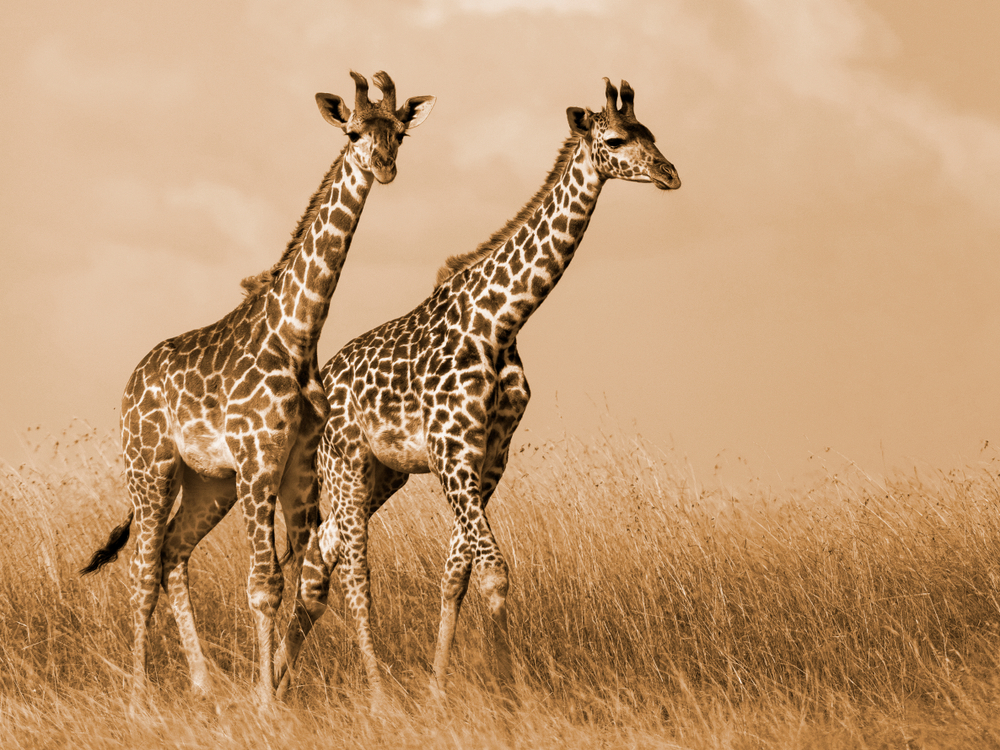Uniqueness
The Giraffe, known scientifically as Giraffa camelopardalis, stands out as one of the most iconic animals of the African savannah due to its extraordinary height and unique physical features. Here are some key aspects that make the Giraffe unique:
Exceptional Height: Giraffes are the tallest mammals on Earth, with adult males reaching heights of up to 5.5 meters (18 feet) and females slightly shorter. This remarkable height, largely due to their long necks and legs, allows them to access leaves and buds in the treetops that other herbivores cannot reach, providing them with a significant competitive advantage in their habitat.
Specialized Cardiovascular System: To manage their tall stature, giraffes have a specialized cardiovascular system with a very powerful heart, which is about two feet long and weighs around 11 kilograms (25 pounds). Their heart pumps blood with enough force to overcome the gravitational pull and maintain blood flow to the brain when the neck is extended upward.
Unique Spotted Coat: Each giraffe has a unique coat pattern of brown spots separated by lighter lines. These patterns are not only beautiful but also serve as camouflage by mimicking the light and shadow patterns through the trees. This helps them blend into their natural surroundings and protects them from predators.
Long, Prehensile Tongue: Their long, prehensile tongue, which can measure up to 45 centimeters (18 inches), is adept at grasping foliage from branches. The tongue is also remarkably tough and pigmented with a dark blue or black color, which is believed to help protect it from sunburn as it reaches into the treetops.
Social Structure: Giraffes are social animals, typically found in groups, though their social structure is flexible. These groups, called towers, can change members often, with giraffes joining or leaving freely. They do not have strong territorial instincts, which facilitates fluid movement and interaction among the population.
Unique Gait: Giraffes move both legs on one side of their body and then both legs on the other side, a gait known as “pacing.” This unusual method of walking provides them stability and a smooth stride, crucial for animals of their size.
Reproduction and Parenting: Female giraffes give birth standing up, requiring the newborn calf to survive a drop of about 1.5 meters (5 feet) to the ground at birth. This early fall helps to break the umbilical cord and stimulates the newborn to take its first breaths. The calves can stand and even run within a few hours of birth, essential for survival in an environment with predators.
Conservation Status: While giraffes have been admired and celebrated in both art and culture, they face threats from habitat loss, poaching, and human-wildlife conflict. In recent years, their population has declined, leading to increased conservation efforts to address the challenges they face in the wild.
The unique physiological and behavioral adaptations of the Giraffe, such as their incredible height, specialized heart, and distinctive coat, make them not only a subject of scientific interest but also a symbol of Africa’s wildlife and the need for conservation.


















